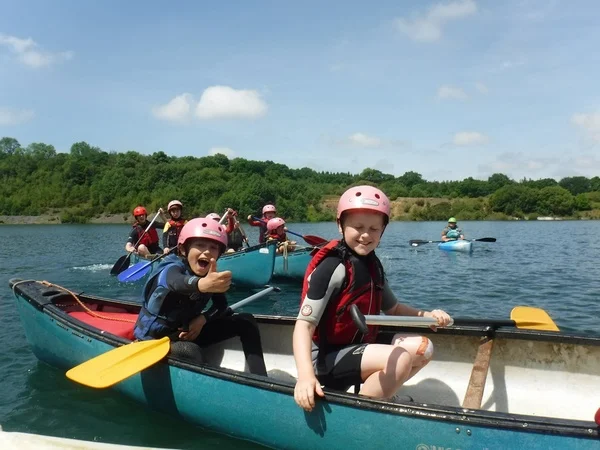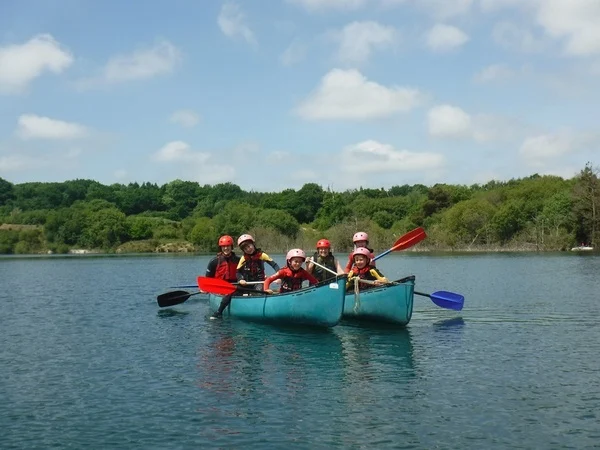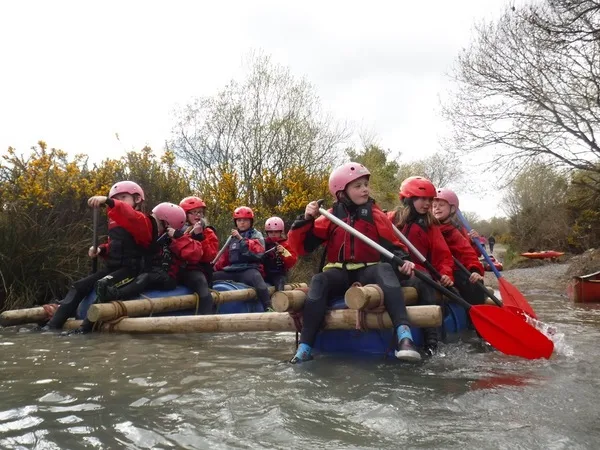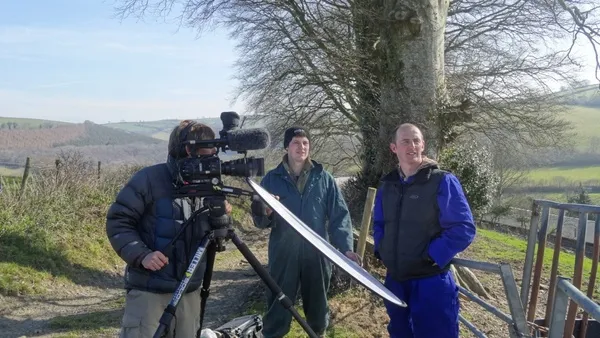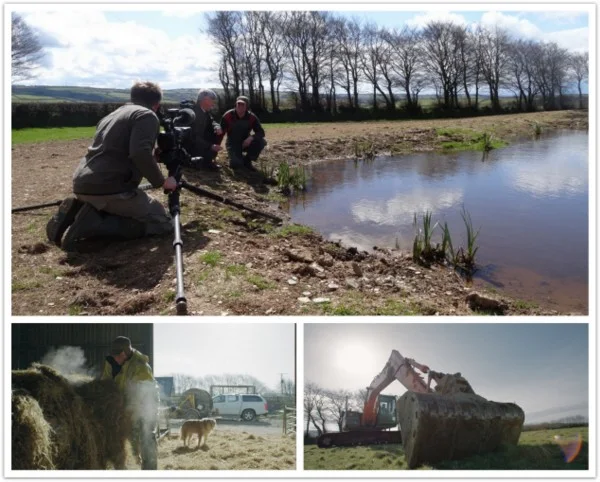A conservation charity is promising a day of water sports
and nature discovery on one of its top North Devon reserves.
Devon Wildlife Trust is teaming up with Encompass
Training SW to explore the lakes at Meeth Quarry nature reserve near Hatherleigh by canoe,
kayak and raft! This is a unique opportunity as the lakes are not normally open to
water sports activities.
The event takes place on Thursday 1 September with two
sessions, one in the morning and one in the afternoon. Sessions cost £12 per person
and booking is essential.
Devon Wildlife Trust's Jasmine Atkinson said:
"The upcoming Water Sports Day is a unique
opportunity to get out on the lakes and explore Meeth Quarry from a watery angle. Families will
have the chance to kayak and canoe around Woolladon Lake and test their creative
abilities with raft-building!"
"We'll be on the lookout for some of Meeth's amazing
wildlife. Dragonflies will be patrolling the lake edges and we'll be joined by many
water birds including little grebes and tufted ducks!"
A free family day will run alongside the water sports
activities. Visitors can explore the wildlife of Meeth with pond -dipping, bug
hunting, trails and crafts. There will also be two guided walks at 11am and 1pm to
delve deeper into nature.
Devon Wildlife Trust's Lucy Flatman is looking forward to
welcoming visitors:
"Our Open Day at Meeth aims to introduce families to
this wonderful reserve and it's diverse wildlife. Meeth is a reserve with an unusual
history which we feel makes it all the more special. We will have activities, trails and
crafts available to visitors on the 1st September and we hope to see a good
turnout."
Meeth Quarry only became a Devon Wildlife Trust nature
reserve in 2013. It was formerly a clay quarry but ceased work in the early 2000s
after 100 years of production. Despite its industrial past the reserve is a
wildlife hotspot being well-known for its dragonflies, butterflies, birds and
deer.
At 150 hectares Meeth Quarry is one of Devon Wildlife
Trust's biggest nature reserves. It is also one of its most easily accessible.
The Tarka Trail cycle route runs through its heart. Bike trails, footpaths and easy
access trails allow visitors to explore. The reserve is also served by toilets and a
large car park, located via an access lane from Meeth village and the A386, four
miles north of Hatherleigh
.
.
To find out more about the Meeth Quarry Water Sports Day go to the 'What's on' pages of www.devonwildlifetrust.org
or ring 01392 279244 to book your place!
Location: Meeth Quarry, Hatherleigh, Devon, EX20 3ER - Grid referenceSS 547 078

